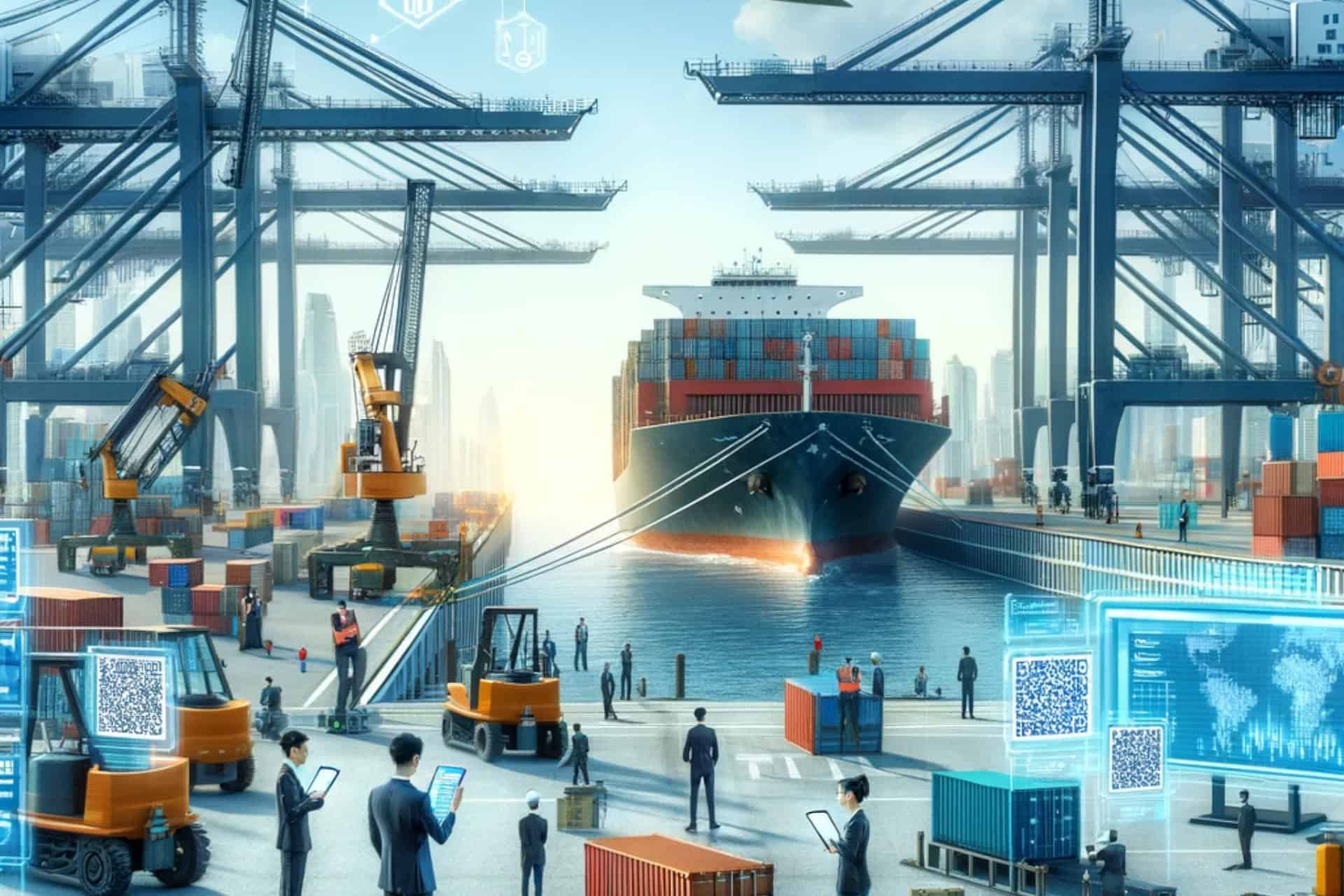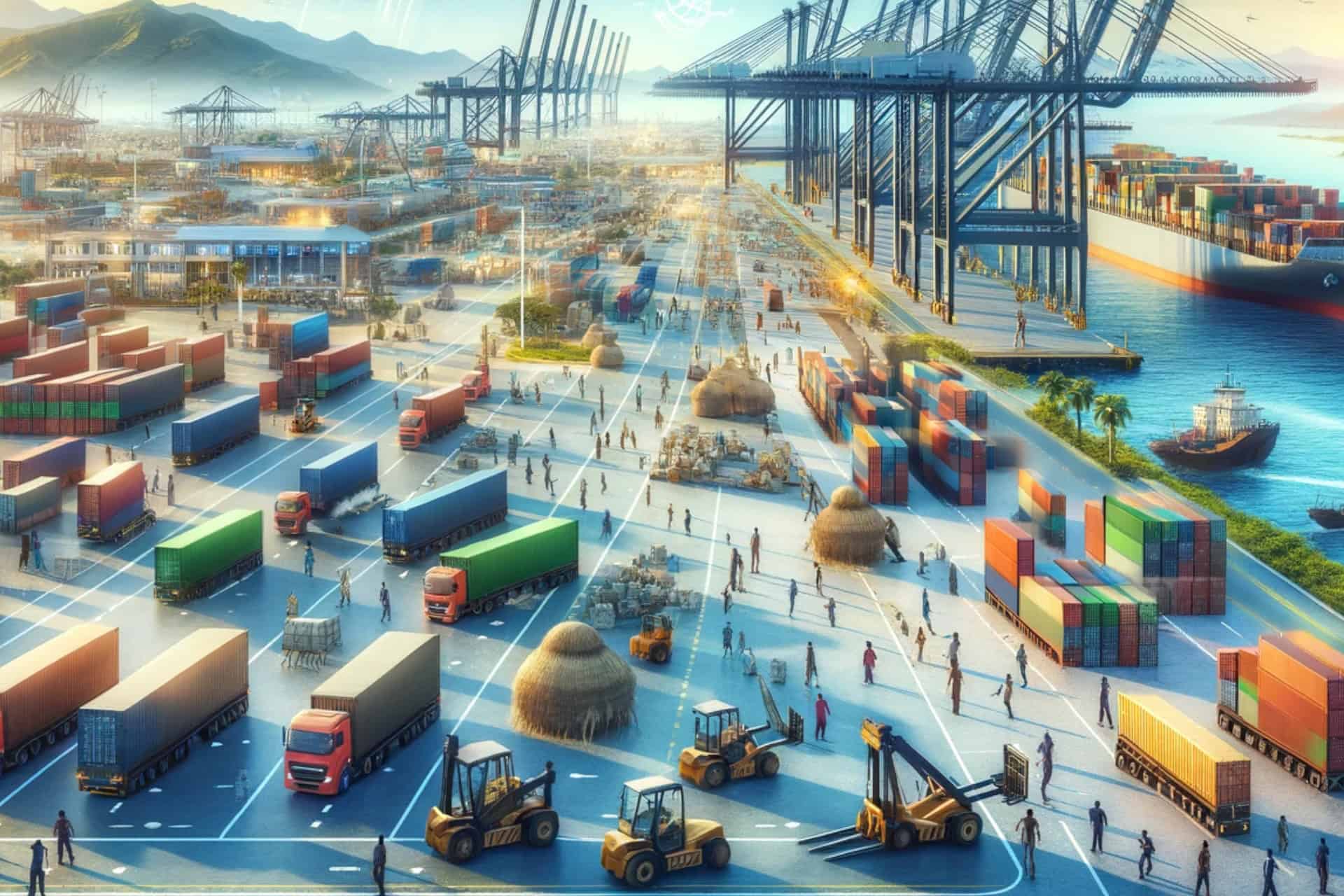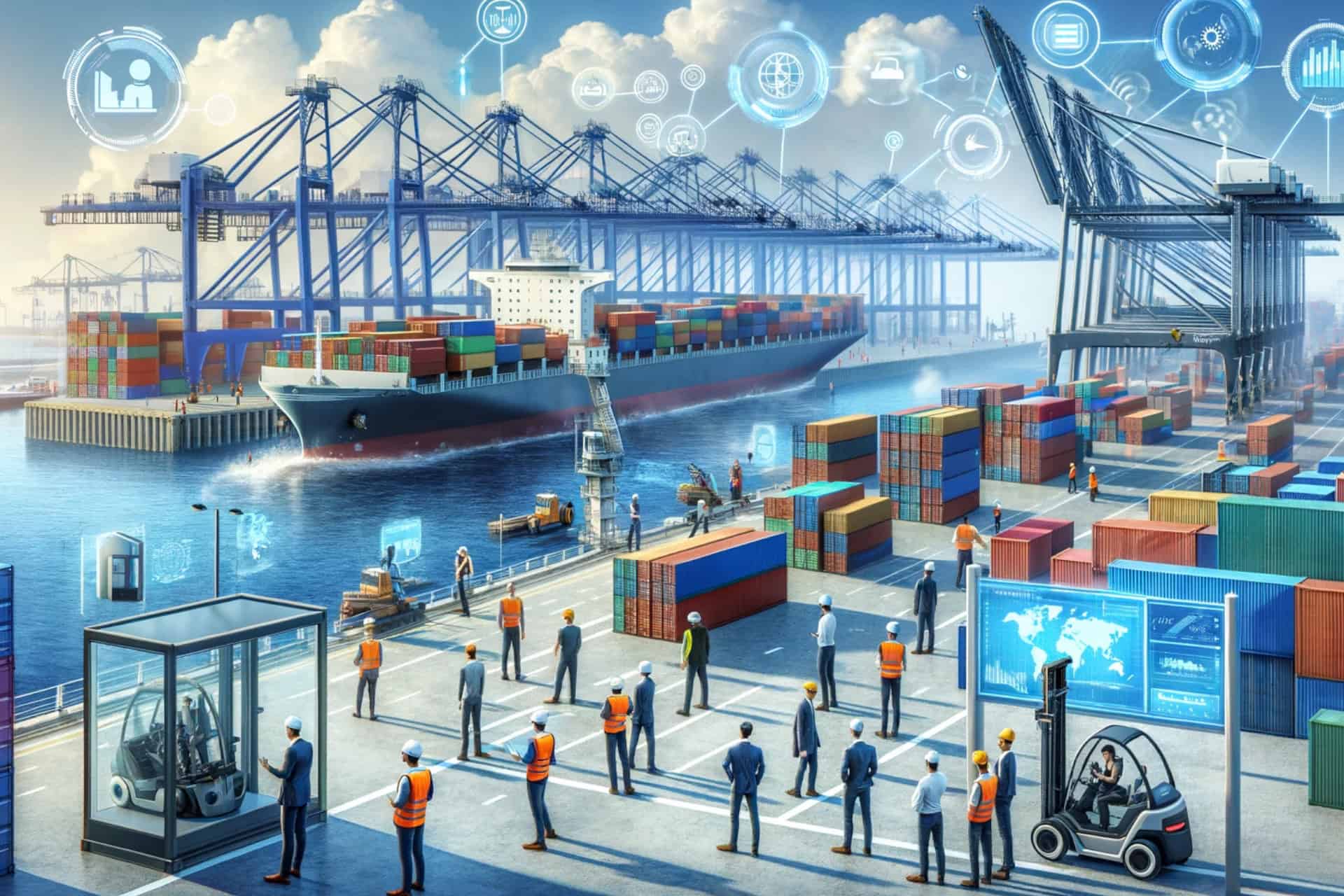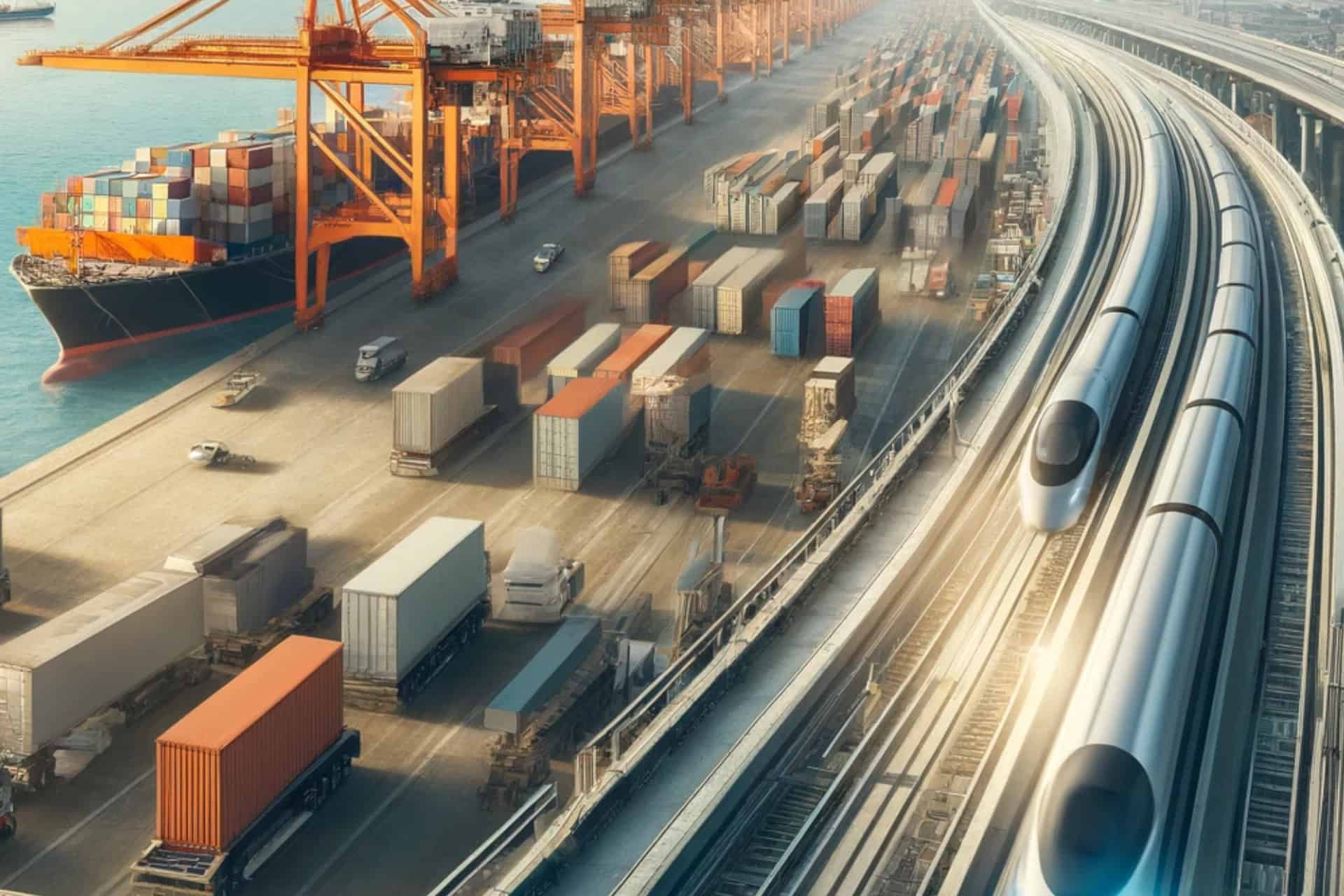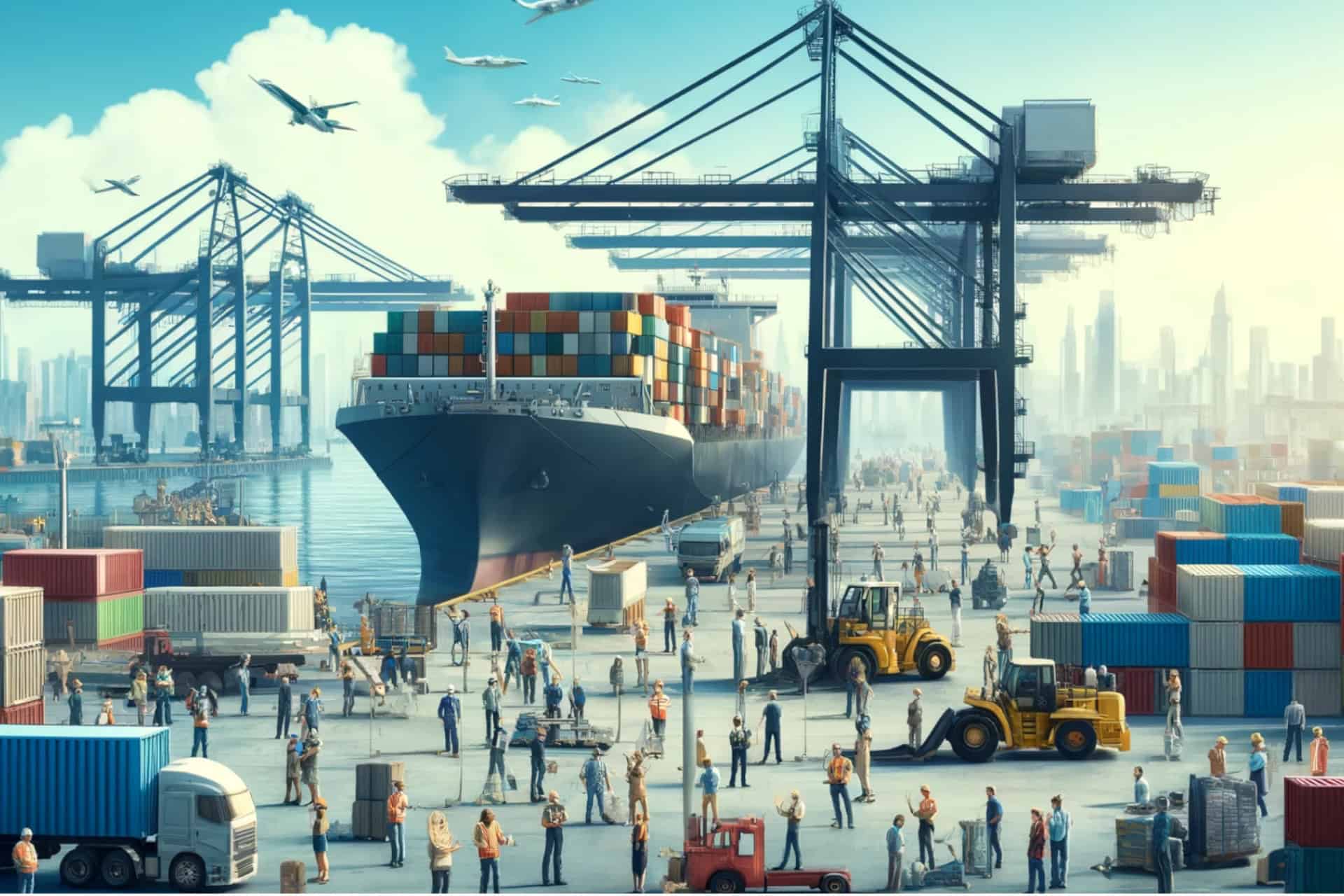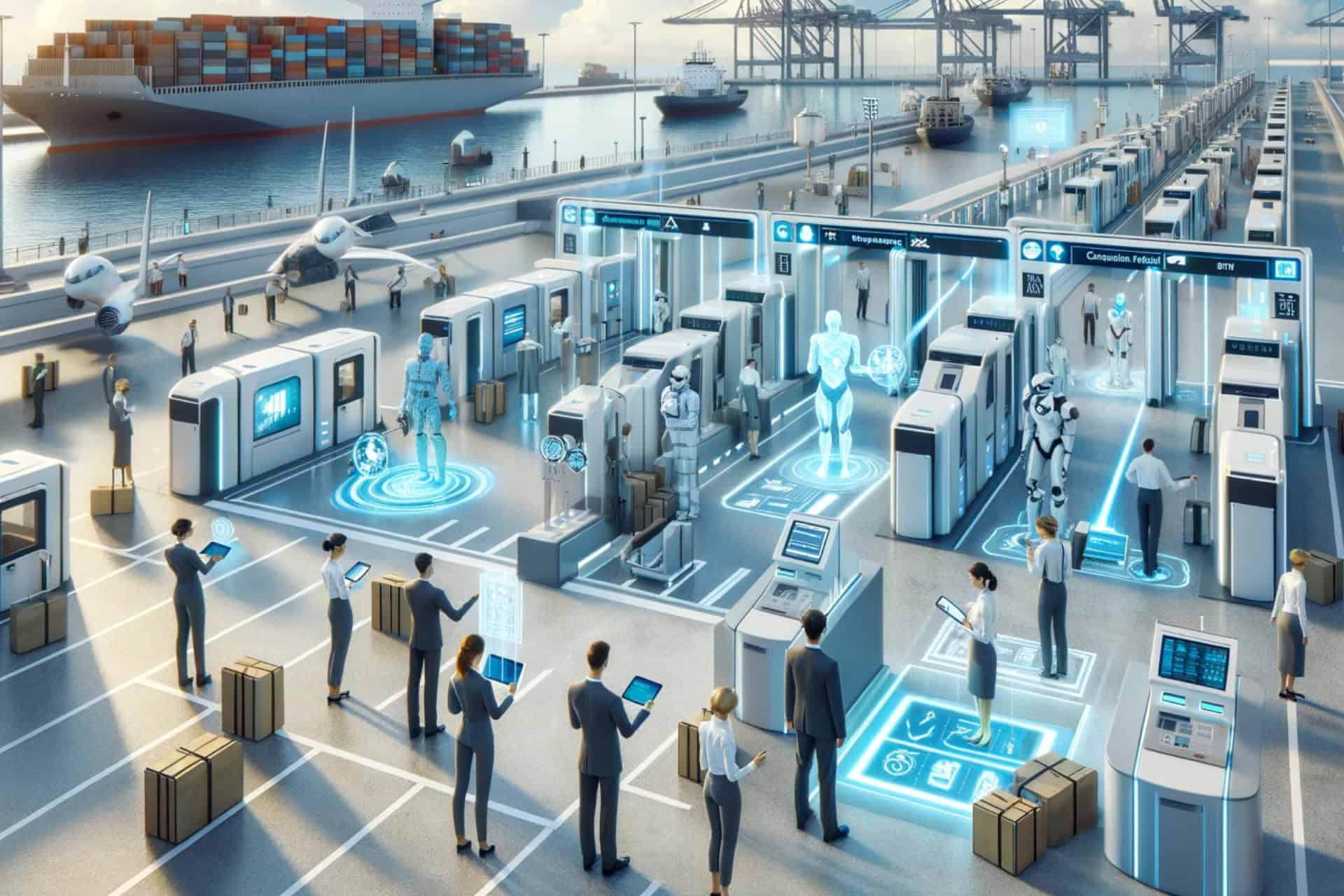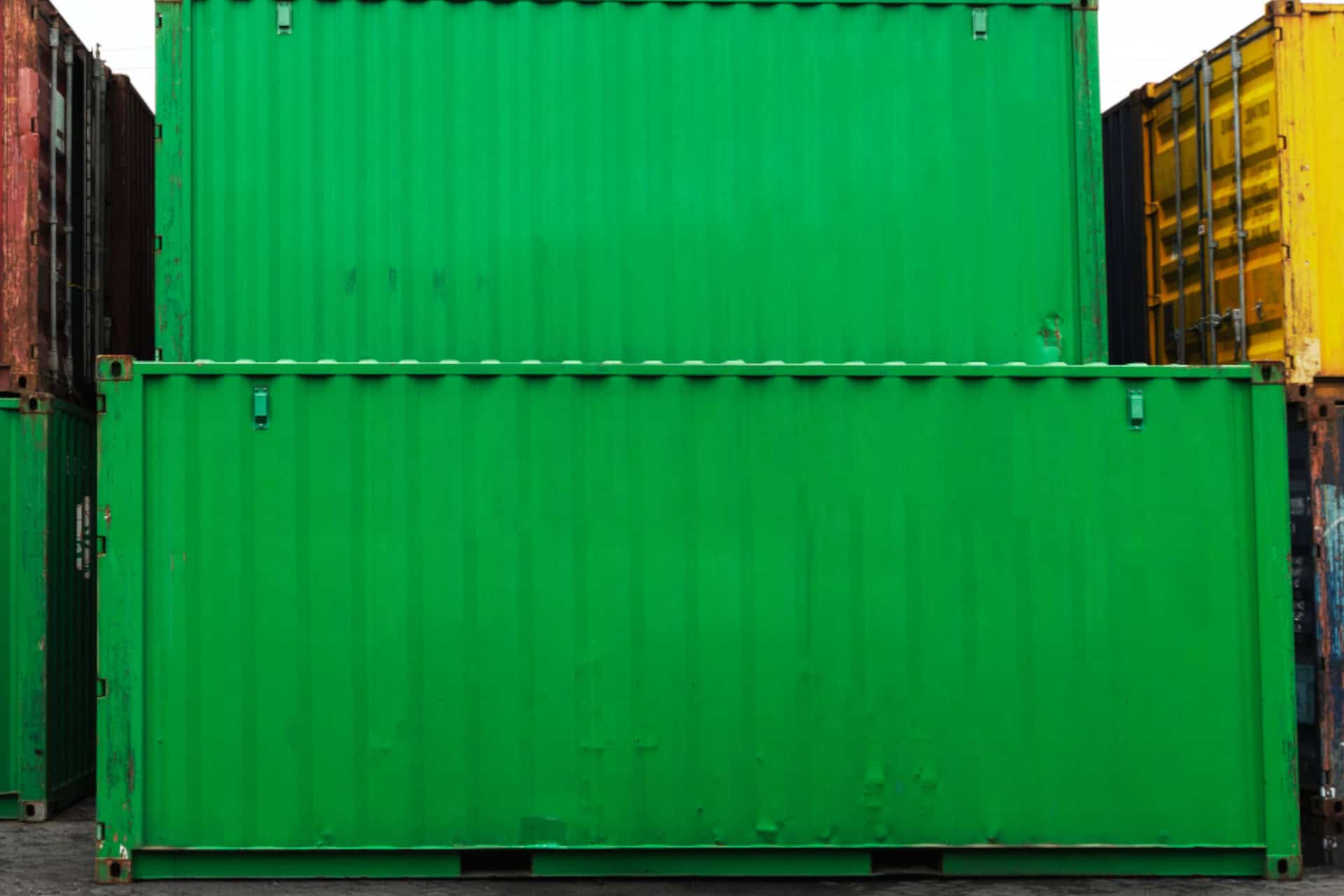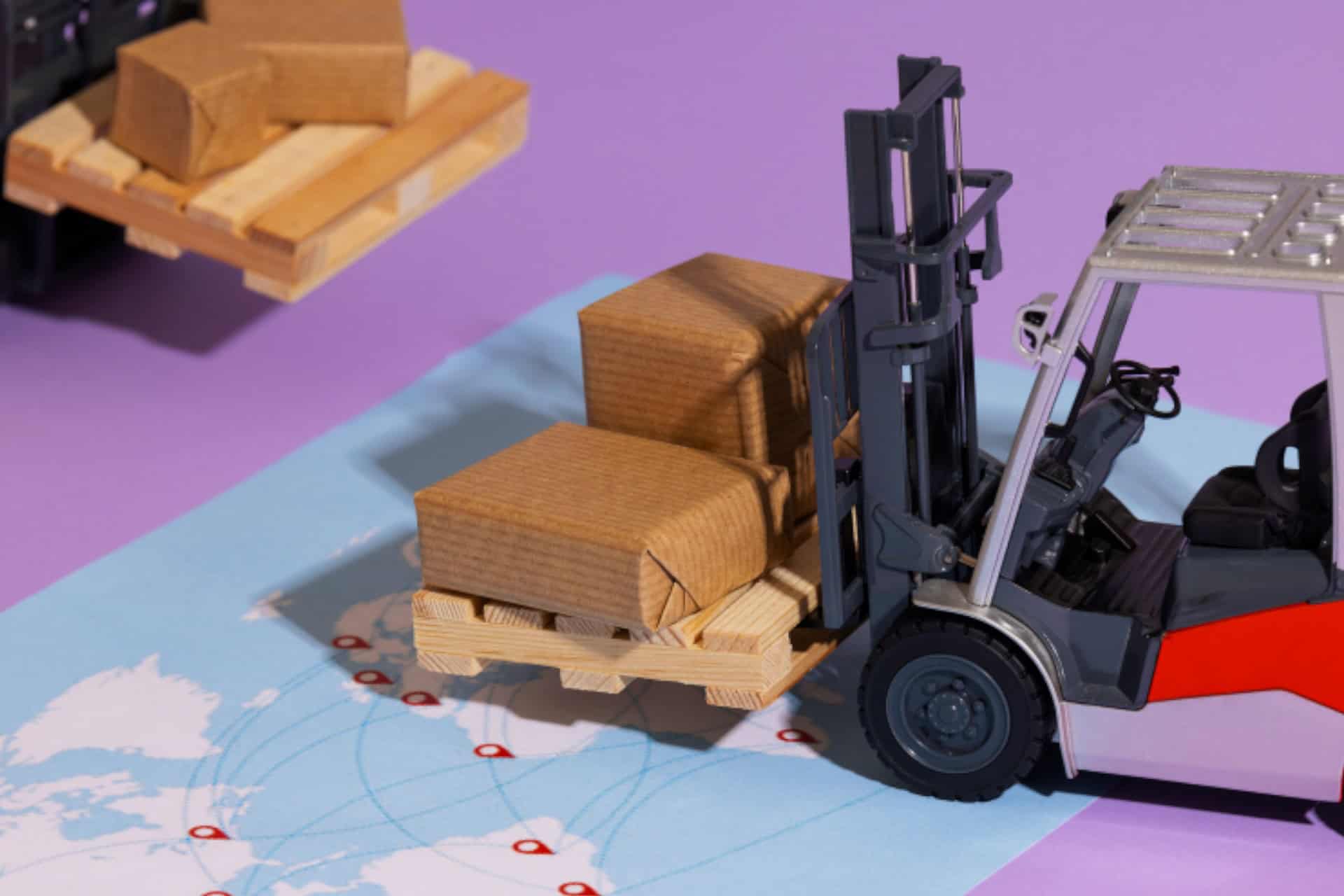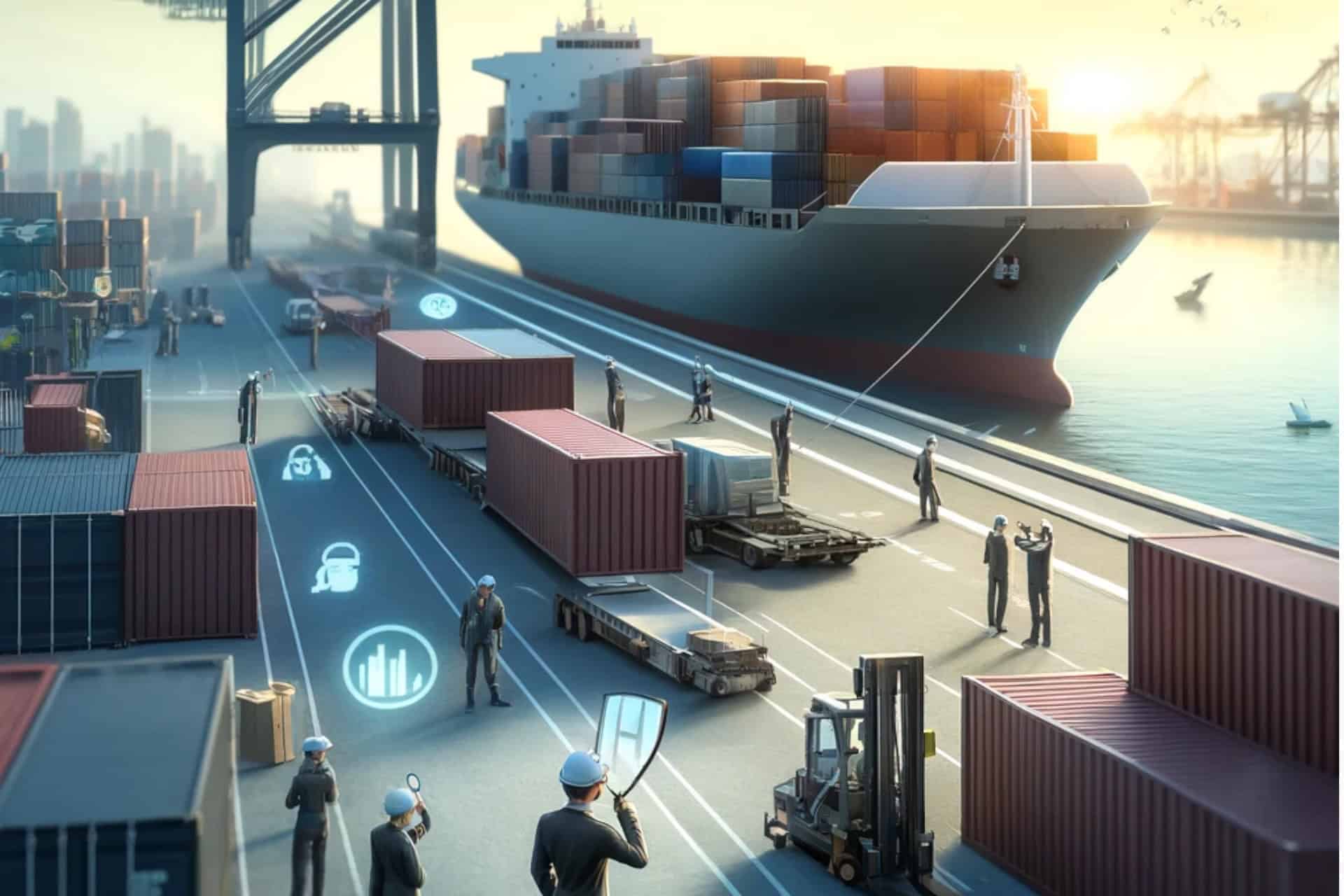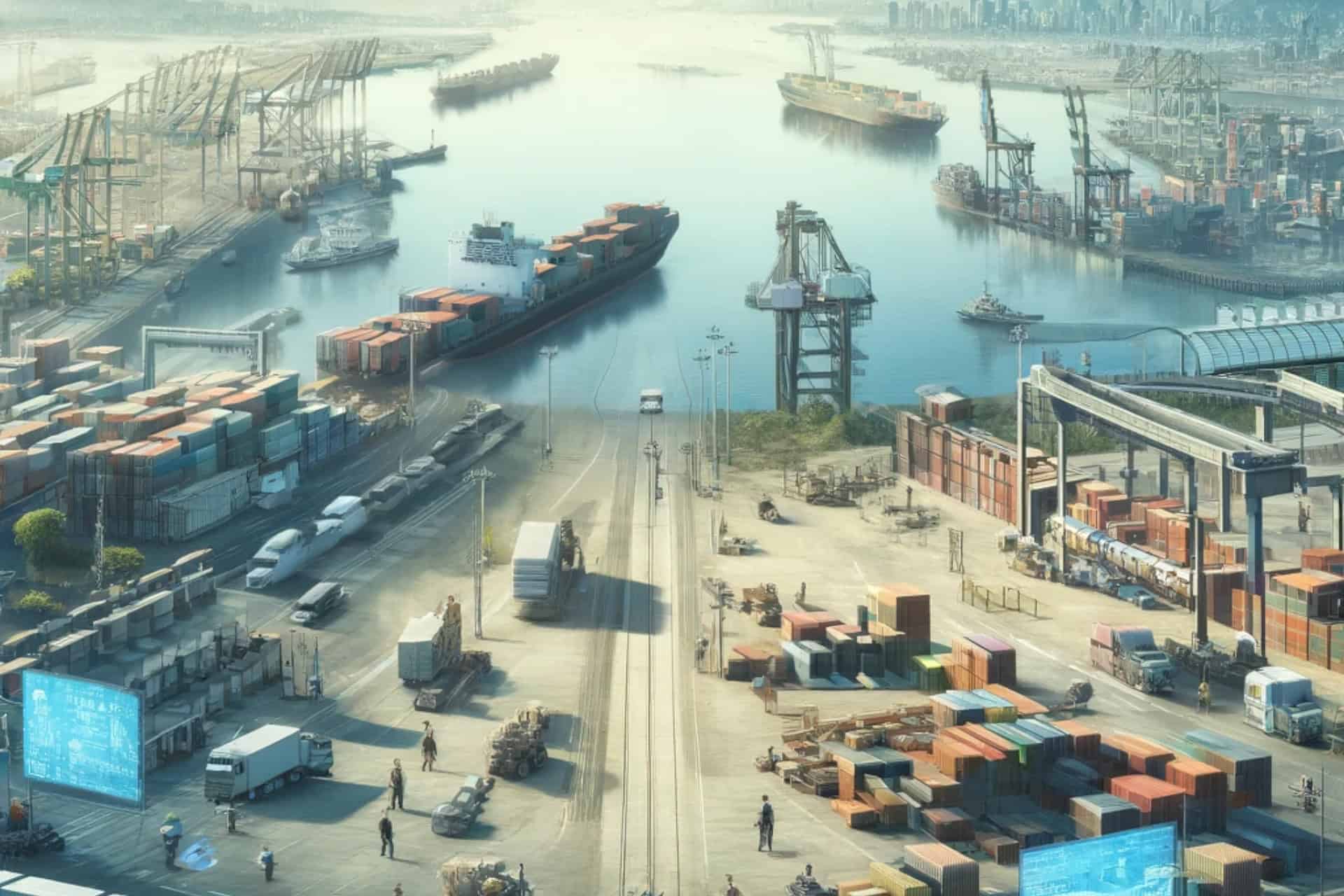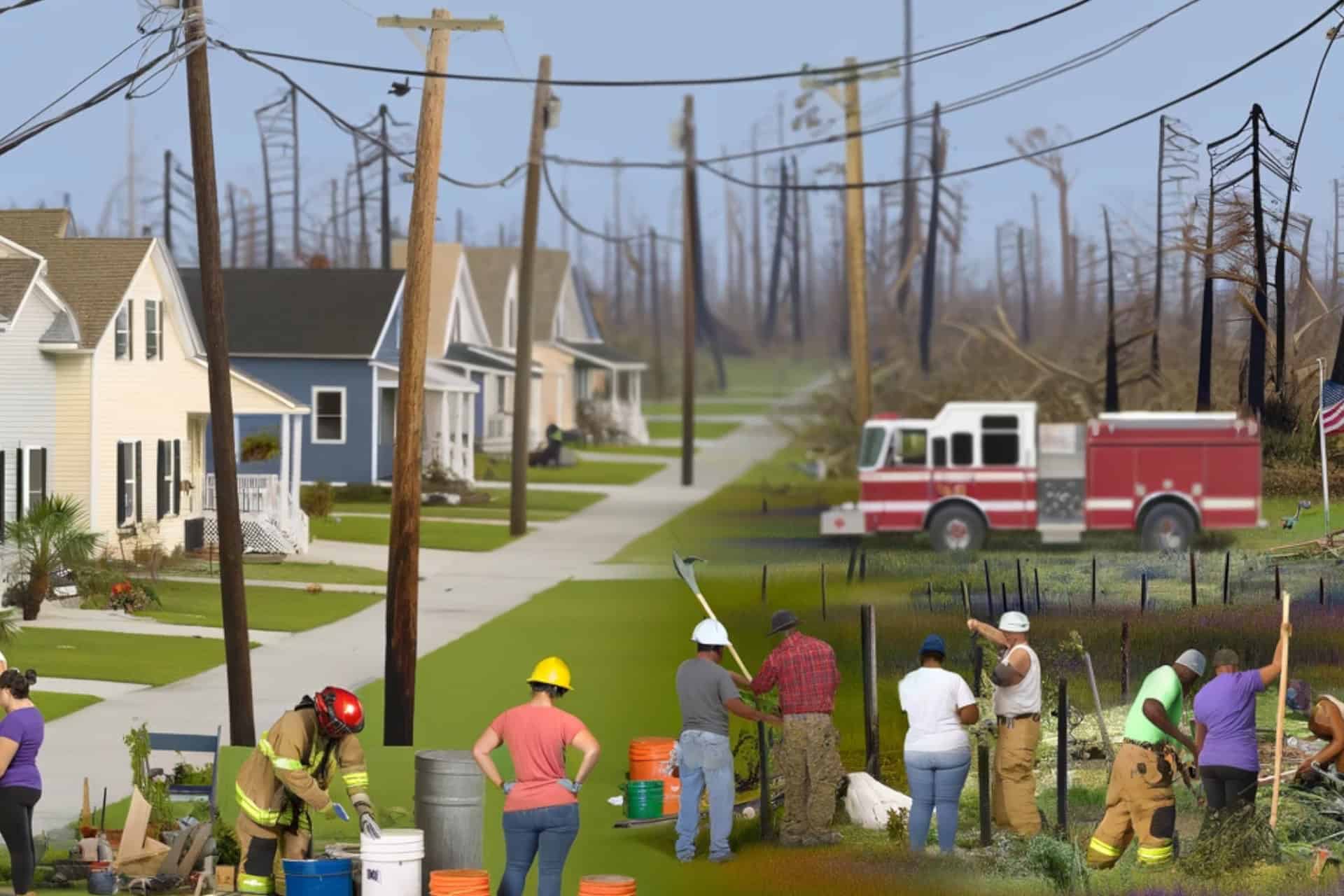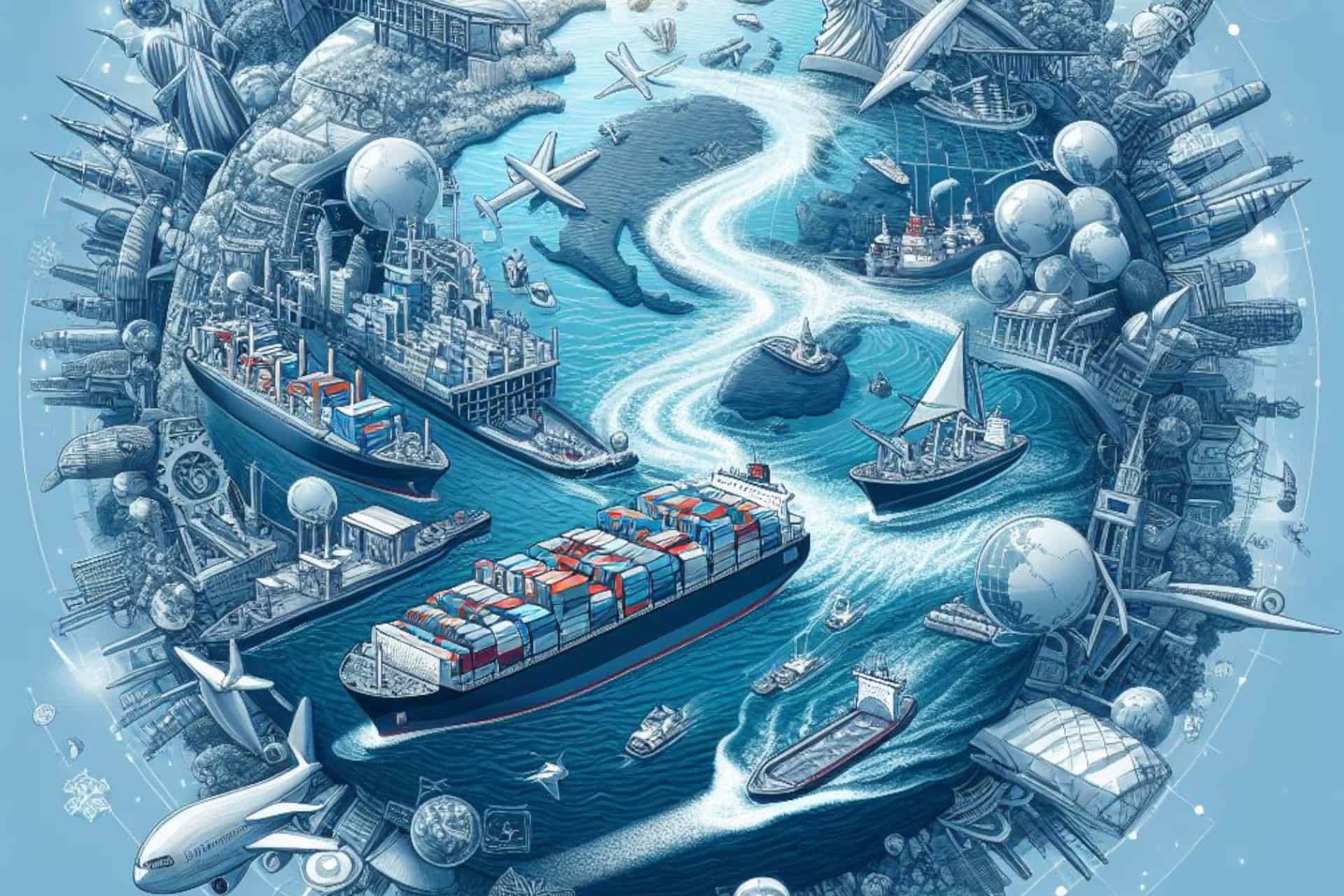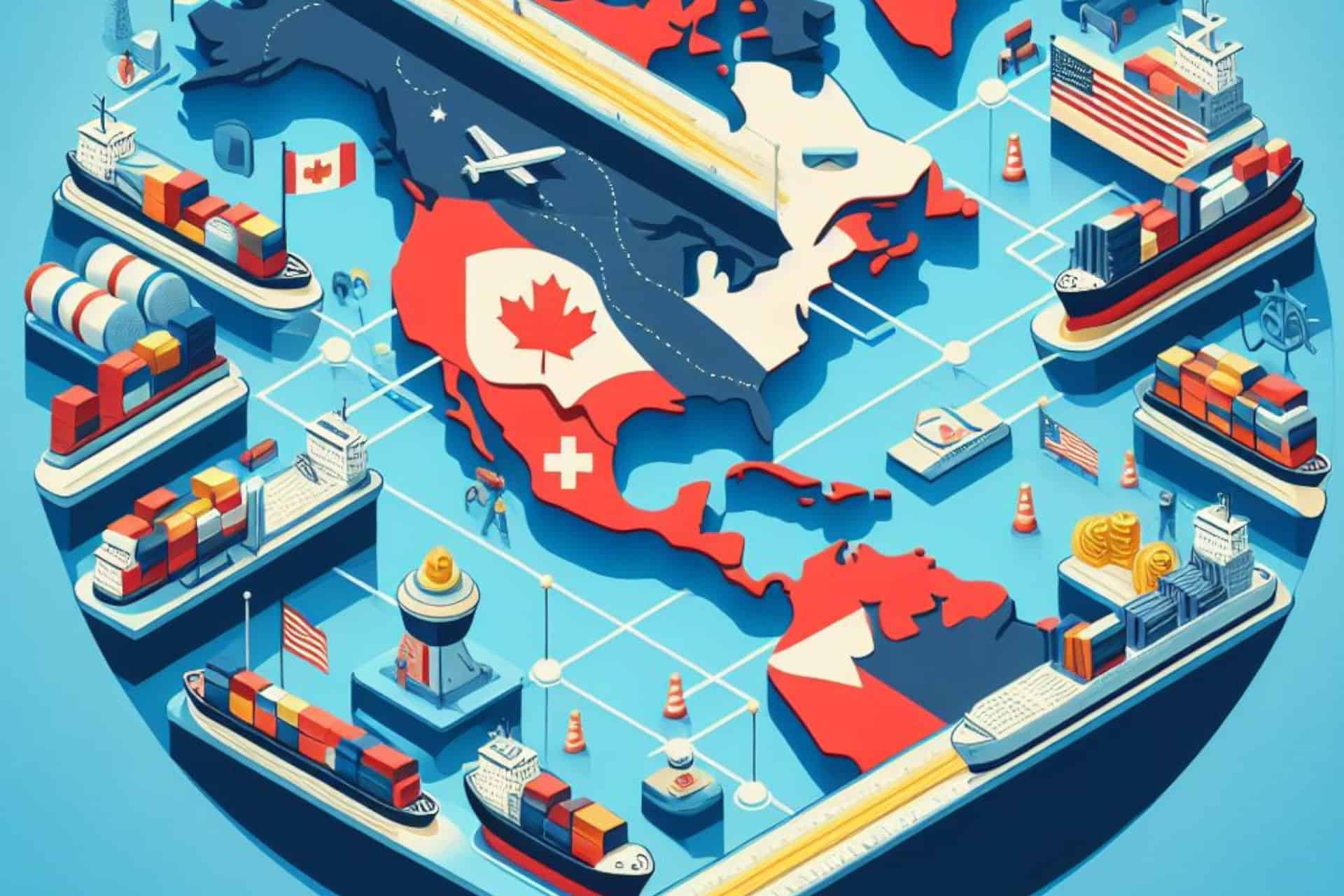In the dynamic landscape of international trade and travel, efficient cross-border transportation infrastructure is crucial for fostering economic growth and regional integration. North America, comprising the United States, Canada, and Mexico, recognizes the importance of seamless connectivity and has been actively pursuing collaborative efforts to enhance cross-border transportation.
Strategic Investments in Infrastructure:
One of the cornerstones of North America's efforts to bolster cross-border transportation is strategic investments in infrastructure projects. These investments aim to modernize existing transportation networks, expand capacity, and improve connectivity between the three nations. From highways and railways to ports of entry and border crossings, significant resources have been allocated to upgrade critical infrastructure.
For instance, initiatives such as the United States-Mexico-Canada Agreement (USMCA) and the North American Free Trade Agreement (NAFTA) have paved the way for infrastructure improvements along key trade corridors. This includes investments in border crossings, such as the Detroit-Windsor Tunnel and the Otay Mesa East Port of Entry, aimed at reducing congestion and streamlining cross-border movement of goods and people.
Furthermore, initiatives like the Cross-Border Rail Program have been launched to enhance rail connectivity between the United States and Mexico, facilitating the seamless flow of freight and passenger trains across borders. These strategic investments not only improve efficiency but also contribute to economic competitiveness and job creation across North America.
Integration of Technology and Innovation:
In addition to traditional infrastructure investments, North America is harnessing the power of technology and innovation to optimize cross-border transportation processes. Advancements in areas such as automation, digitalization, and data analytics are being leveraged to enhance efficiency, security, and sustainability in cross-border logistics.
For example, the implementation of advanced cargo screening technologies and electronic documentation systems streamlines customs procedures, reducing processing times and enhancing security protocols. Similarly, the adoption of smart transportation solutions, such as intelligent traffic management systems and real-time monitoring tools, improves traffic flow and minimizes congestion at border crossings.
Moreover, collaborative research and development initiatives are fostering innovation in areas such as autonomous vehicles, alternative fuels, and green transportation technologies. By embracing innovation, North America is not only addressing current transportation challenges but also preparing for future demands and opportunities in cross-border mobility.
Cross-Border Collaboration and Partnerships:
Recognizing that cross-border transportation requires coordinated efforts and partnerships, North American governments, industry stakeholders, and international organizations are actively collaborating to address common challenges and capitalize on shared opportunities.
Public-private partnerships play a crucial role in financing and implementing cross-border infrastructure projects, leveraging the expertise and resources of both sectors. Additionally, forums such as the North American Transportation Ministers' Dialogue provide a platform for policymakers to exchange best practices, harmonize regulations, and address cross-border transportation issues collaboratively.
Furthermore, initiatives like the North American Development Bank (NADB) and the Canada-Mexico-United States Transportation Border Working Group facilitate cross-border cooperation on infrastructure financing, environmental stewardship, and regulatory alignment. These collaborative efforts strengthen the foundation for seamless cross-border transportation and promote economic prosperity throughout the region.
#CrossBorderTransportation #NorthAmericanInfrastructure #USMCA #NAFTA #TransportationInnovation #CrossBorderCollaboration #InfrastructureInvestments #SmartTransportation #TradeCorridors #PublicPrivatePartnerships
Read more views









